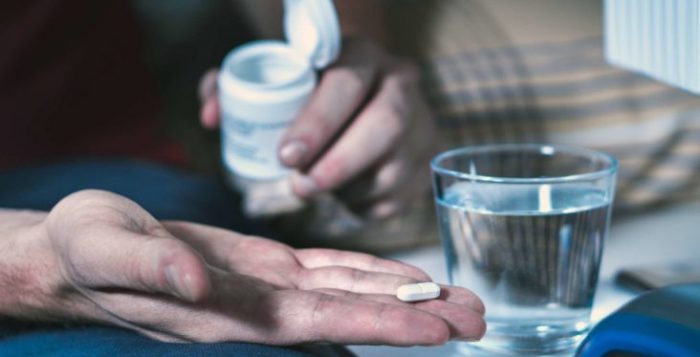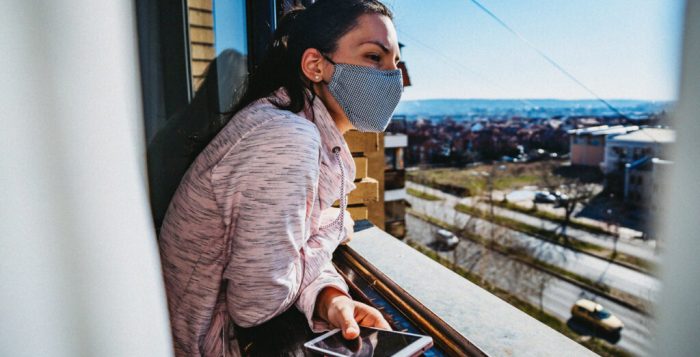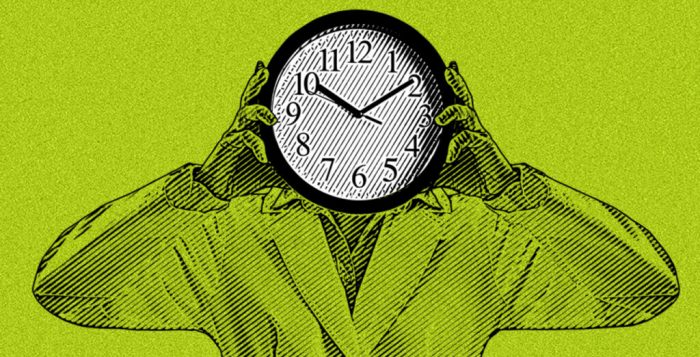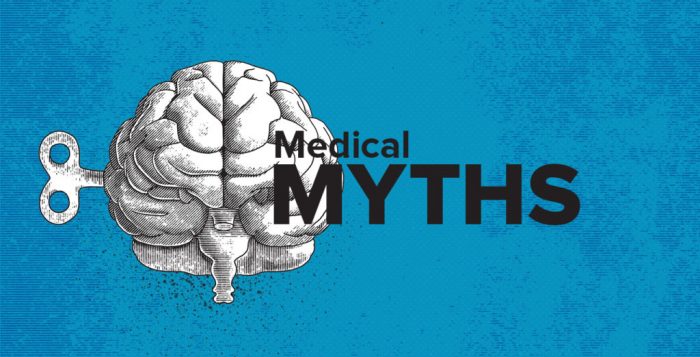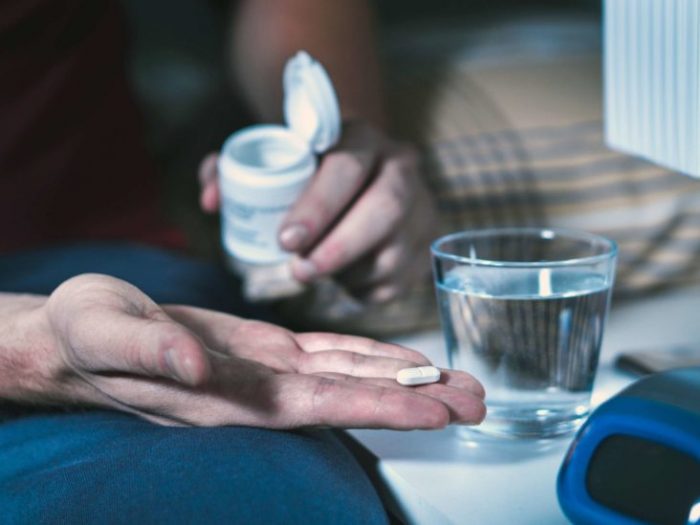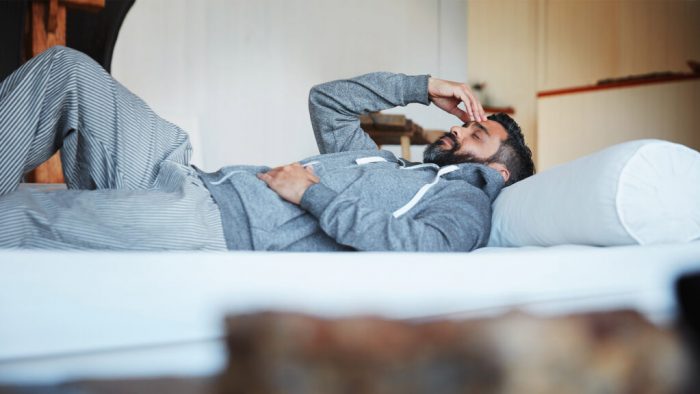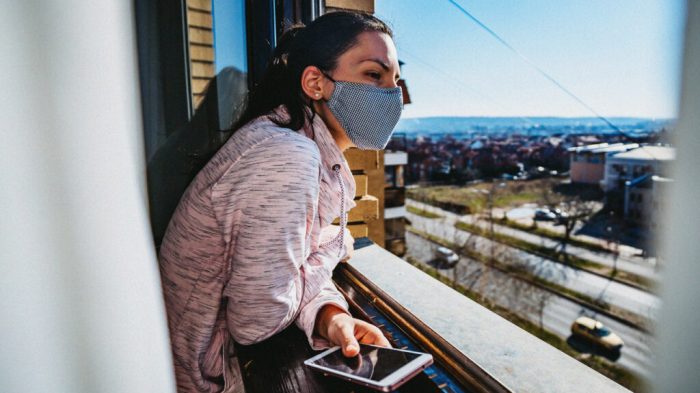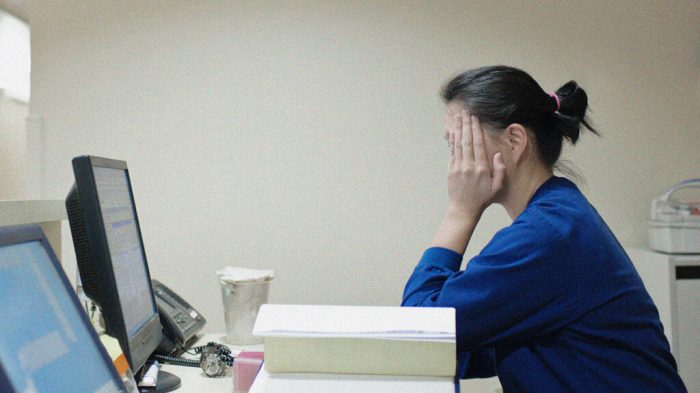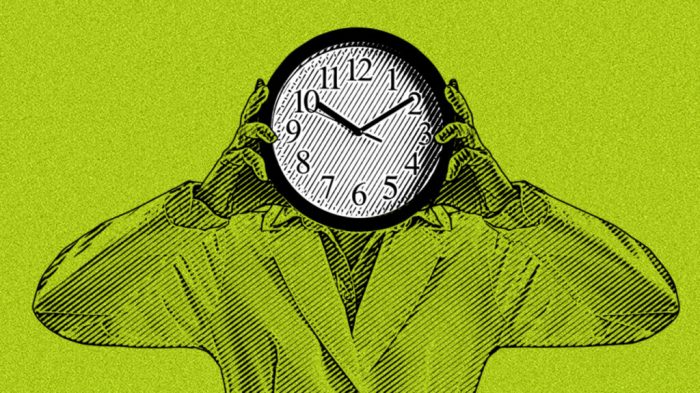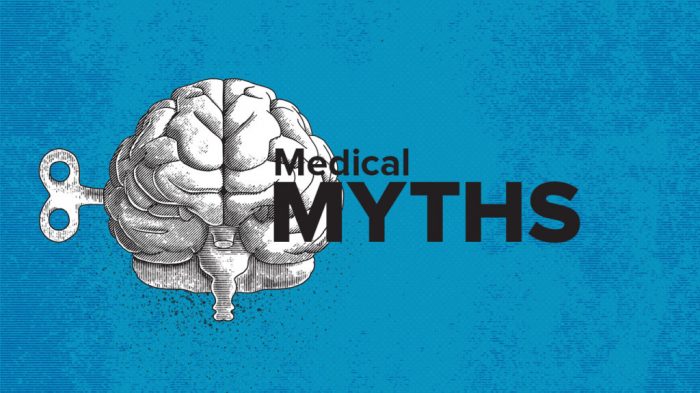A toothache is a painful annoyance, especially at night. Getting a toothache at night can make falling asleep or staying asleep very difficult.
However, there are a number of remedies that may help people find relief and get to sleep, including taking pain relievers or applying a cold compress or even cloves to the tooth.
In this article, learn more about nine home remedies for relieving a toothache at night.
9 ways to treat a toothache at night
Treating a toothache at night may be more difficult, as there is not much to distract a person from the pain.
However, people can try the following methods to relieve pain:
1. Oral pain medication

Taking over-the-counter (OTC) pain medications such as acetaminophen (Tylenol) or ibuprofen (Advil) is a quick, simple way for many people to effectively reduce mild-to-moderate toothaches.
Always stay within the recommended dosage on the packaging.
If the toothache is severe, it is best to see a dentist and speak to them about stronger pain relievers.
2. Cold compress
Using a cold compress may help ease the pain of a toothache.
Applying a bag of ice wrapped in a towel to the affected side of the face or jaw helps constrict the blood vessels in the area, which can reduce pain to allow a person to fall asleep.
Applying a cold compress to the area for 15–20 minutes every few hours in the evening may also help prevent pain when going to bed.
3. Elevation
Pooling blood in the head may cause additional pain and inflammation. For some people, elevating the head with an extra pillow or two may relieve the pain enough for them to fall asleep.
4. Medicated ointments
Some medicated ointments may also help reduce toothache pain. OTC numbing gels and ointments that contain ingredients such as benzocaine may numb the area.
However, benzocaine is not suitable for use by young children.
5. Salt water rinse
A simple salt water rinse is a common home remedy for a toothache.
Salt water is a natural antibacterial agent, so it may reduce inflammation. This, in turn, helps protect damaged teeth from infection.
Rinsing with salt water may also help remove any food particles or debris stuck in the teeth or gums.
6. Hydrogen peroxide rinse
Periodontitis is a serious gum infection that generally occurs as a result of poor oral hygiene. It can cause issues such as soreness, bleeding gums, and teeth that come loose in their sockets.
The author of a 2016 study found that rinsing with hydrogen peroxide mouthwash helped reduce plaque and symptoms of periodontitis.
People should always dilute food-grade hydrogen peroxide with equal parts water. Swish the solution in the mouth, but do not swallow it.
This remedy is not suitable for children, as there is a risk they may accidentally swallow the mixture.
7. Peppermint tea
Swishing peppermint tea or sucking on peppermint tea bags may also help temporarily relieve pain from a toothache.
Researchers note that peppermint contains antibacterial and antioxidant compounds. Menthol, an active ingredient in peppermint, may also have a mild numbing effect on sensitive areas.
8. Clove
Eugenol, which is one of the main compounds in cloves, can reduce tooth pain. The results of a 2015 clinical trial indicated that people who applied eugenol to their gums and socket after having a tooth extracted had less pain and inflammation during healing.
Eugenol acts as an analgesic, which means that it numbs the area. To use clove for a toothache, soak ground cloves in water to make a paste. Then, apply the paste to the tooth, or put it in an empty tea bag and place it in the mouth.
Alternatively, gently chewing or sucking on a single clove and then allowing it to sit near the painful tooth may help relieve pain.
This is not a suitable remedy for children, as they may swallow too much clove. Single cloves can be spiky and painful if a person swallows them.
9. Garlic

Garlic is a common household ingredient that some people use to relieve toothache pain.
Allicin, which is the main compound in garlic, has a strong antibacterial effect that may help kill the bacteria in the mouth that lead to cavities and tooth pain.
Simply chewing a clove of garlic and allowing it to sit near the tooth may help relieve pain. That said, the taste of raw garlic can be too strong for some people, so this may not be the right solution for everyone.
Causes
Tooth decay is a very common cause of a toothache. Tooth decay may lead to cavities if a person does not receive treatment.
Cavities occur when acids and bacteria break through the enamel and eat away at the delicate tissues inside the tooth. This can expose the nerve, causing mild-to-severe pain.
Sinus infections may also cause toothache in some people. This symptom occurs as the infection drains from the head. Symptoms such as pain and pressure from the infection may hurt more at night.
Other potential causes for a toothache include:
- losing a filling
- dental abscesses
- trauma to the jaw
- a wisdom tooth or adult tooth coming in
- food stuck in the teeth or gums
- grinding the teeth at night
- gum disease
Why do some toothaches hurt more at night?
Toothaches can be painful in the day, but they may seem to get worse at night.
One reason that this may occur is because when a person is lying down, blood rushes to the head. This extra blood in the area may increase the pain and pressure that people feel from a toothache.
Another reason why many aches feel worse at night is because there are fewer distractions. With little else to focus on but the toothache, a person may find it difficult to fall asleep.
When to see a dentist

People with a toothache at night should see a dentist as soon as possible. Any home remedies are only for temporary relief.
If the toothache also comes with other signs of an infection, a person may need antibiotics to clear out the infection.
When a cracked or decaying tooth is causing the pain, a person should see their dentist. They will be able to find a permanent solution.
Ignoring the signs of tooth decay, such as an aching tooth, may lead to more serious issues, including abscesses, gum disease, and tooth loss.
Summary
Dealing with a toothache is a painful experience. Although many home remedies can provide temporary relief and help a person get some sleep, they are not permanent solutions.
Anyone who experiences a toothache for longer than 1 or 2 days without symptoms of a sinus infection should see a dentist for a full diagnosis and treatment.
They may need to clean out a cavity or consider more serious options, such as root canals or tooth extractions.

